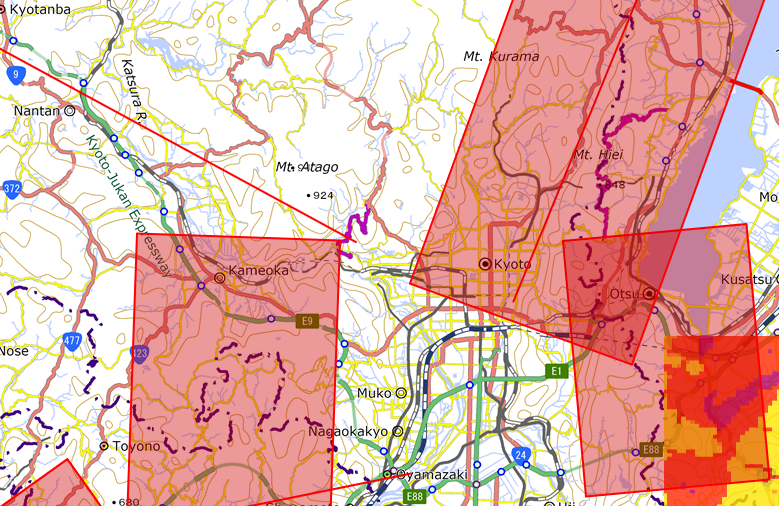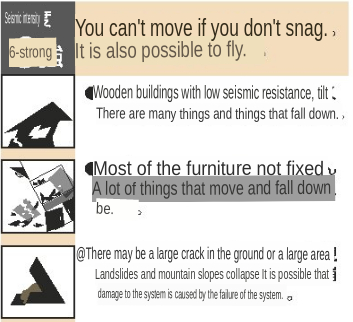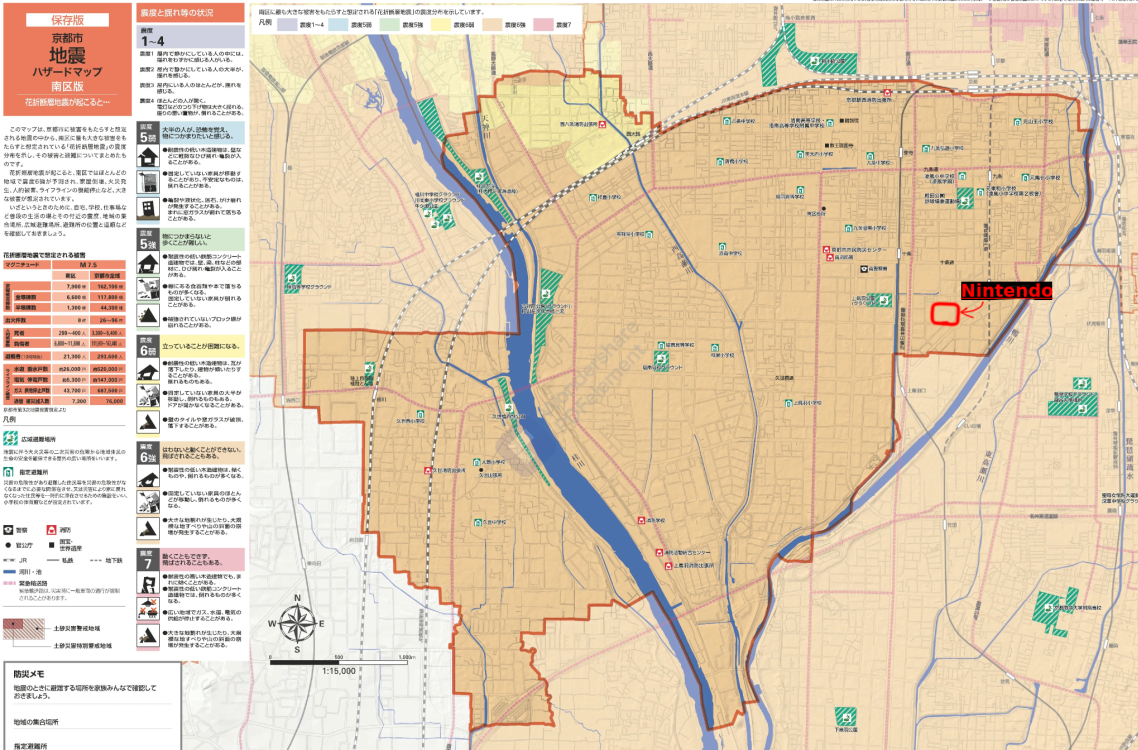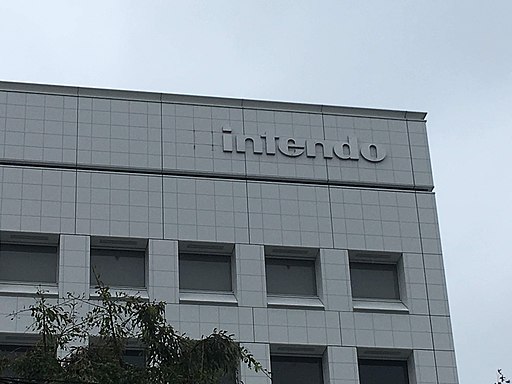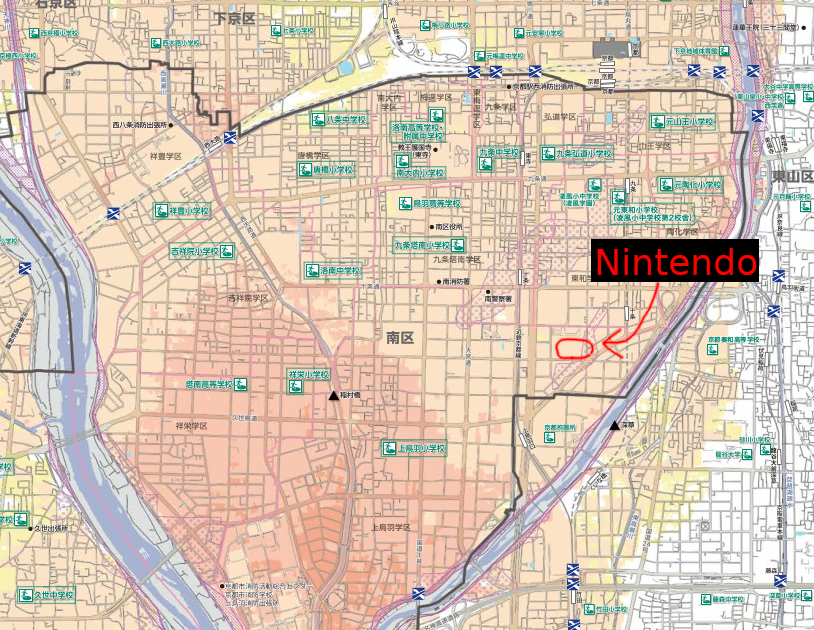Earthquakes
Kyoto is no exception when it comes to earthquakes. As you can see in this image, the red lines and boxes show active seismic zones and Kyoto is completely covered in this zone (J-SHIS, 2021). In fact, in 2018, Nintendo had to delay a live stream event because of a earthquake that struck the area (Nintendo of America, 2018). You can see the tweet that they sent out below.
Due to the powerful earthquake in Hokkaido, Japan, we have decided to delay this week’s planned Nintendo Direct. We will provide a new time and date in the near future. Thank you for your understanding. pic.twitter.com/IITgJFtzub
— Nintendo of America (@NintendoAmerica) September 6, 2018
